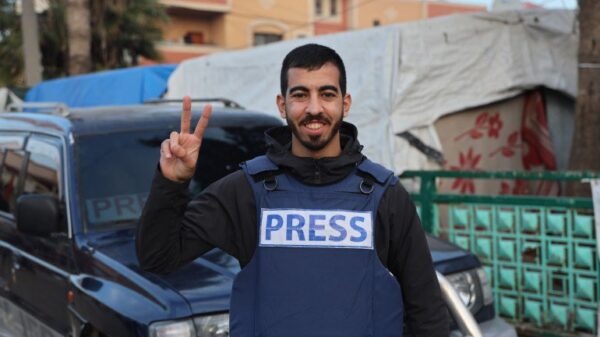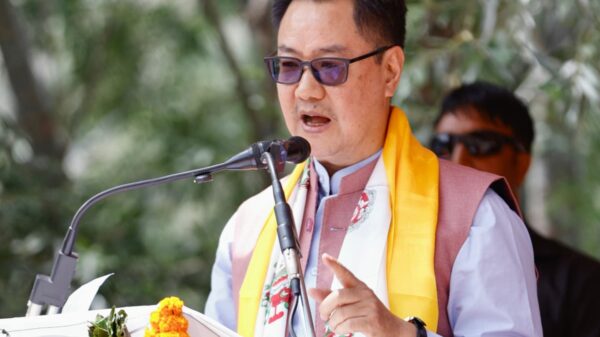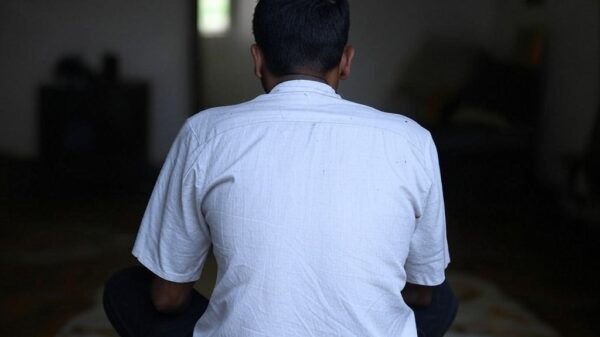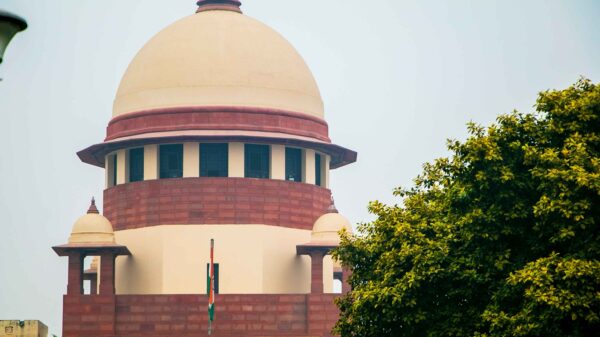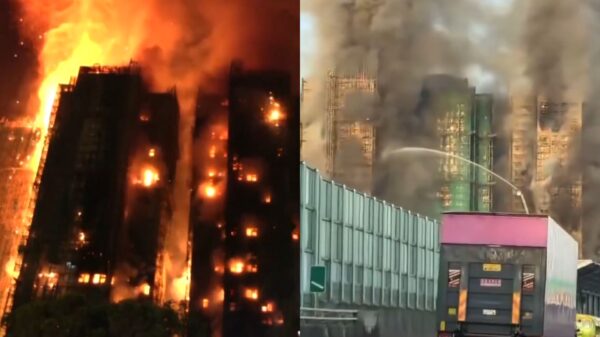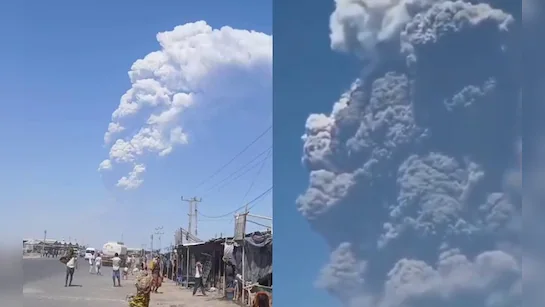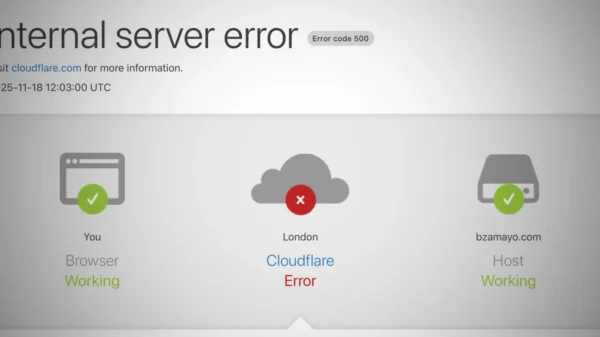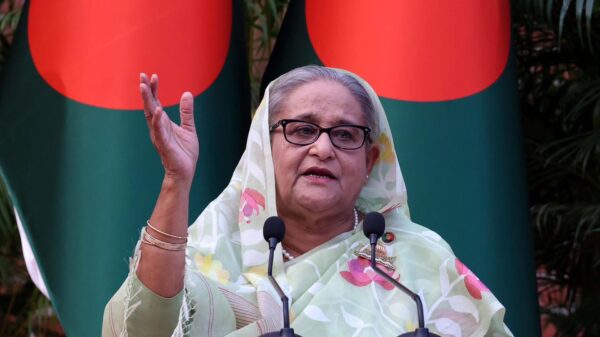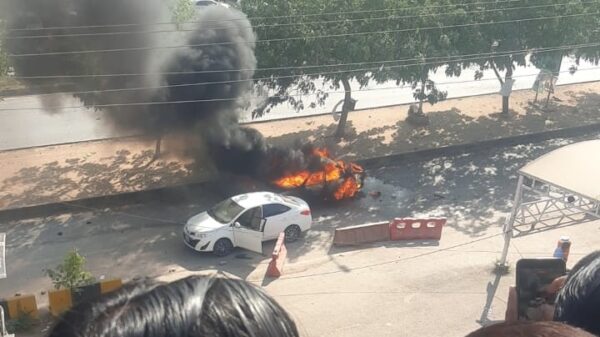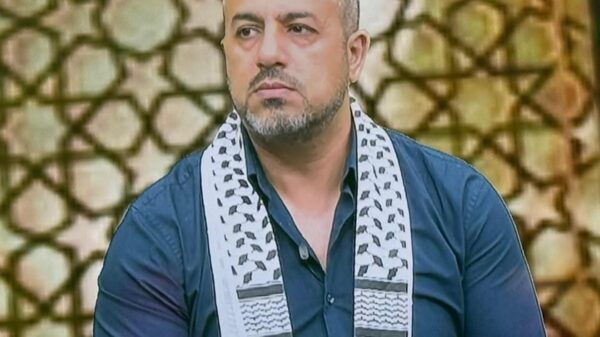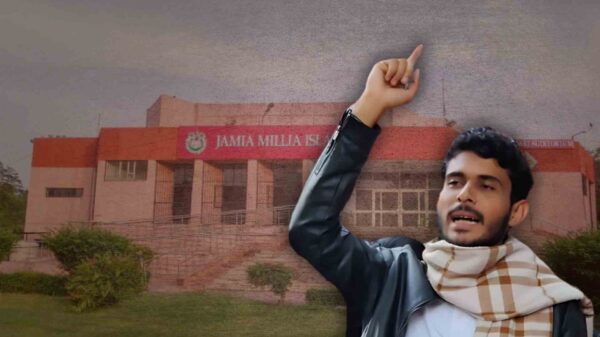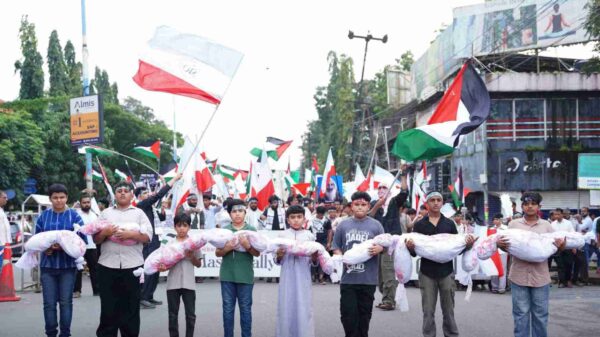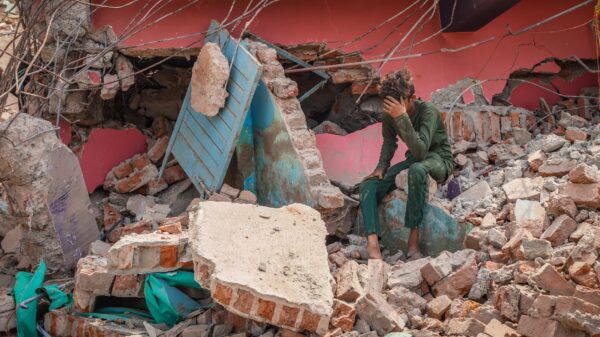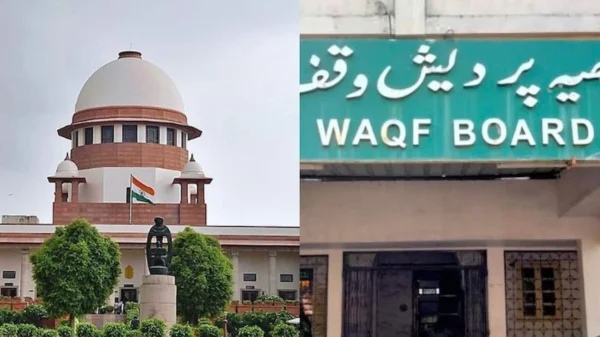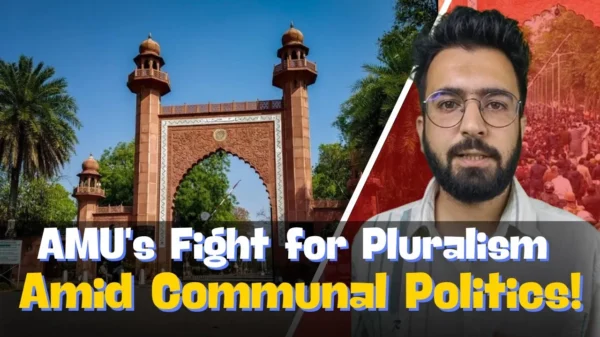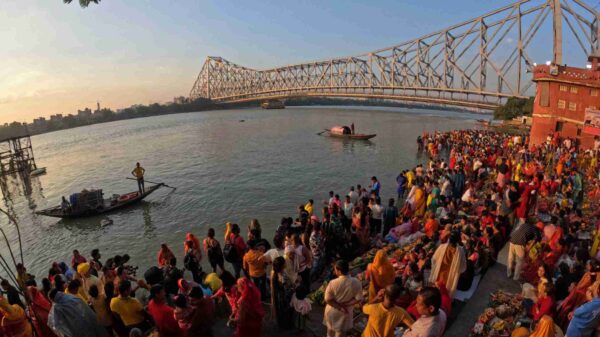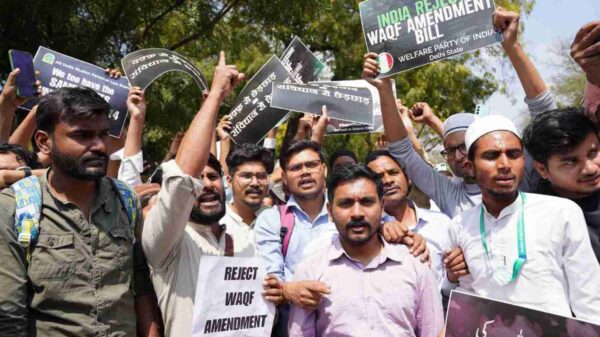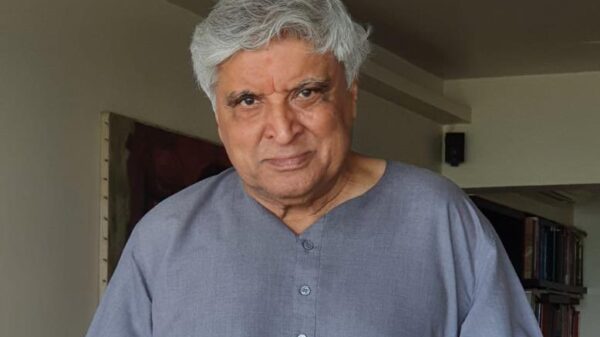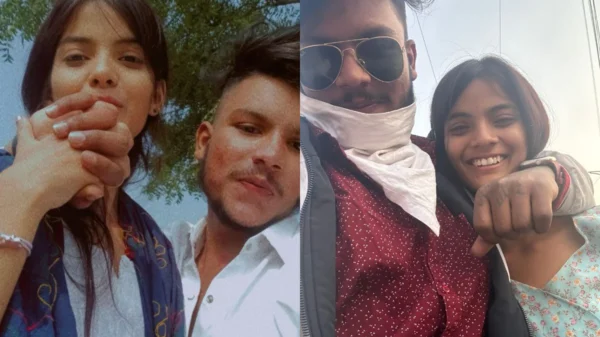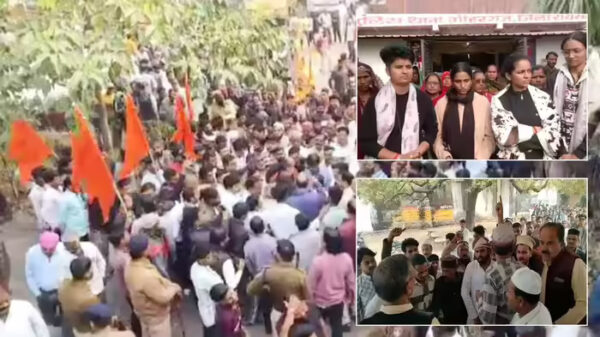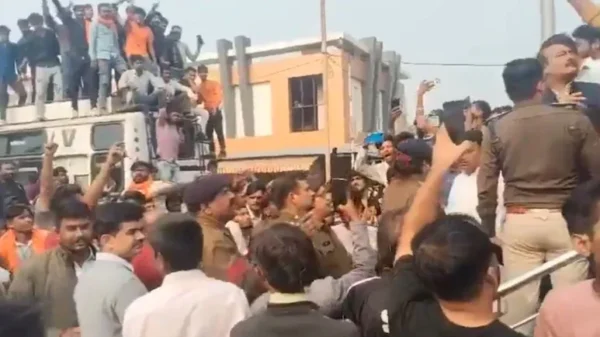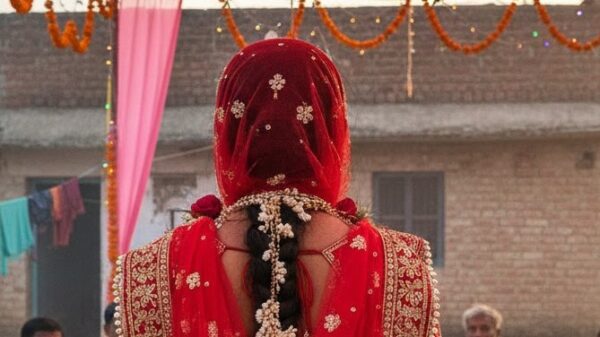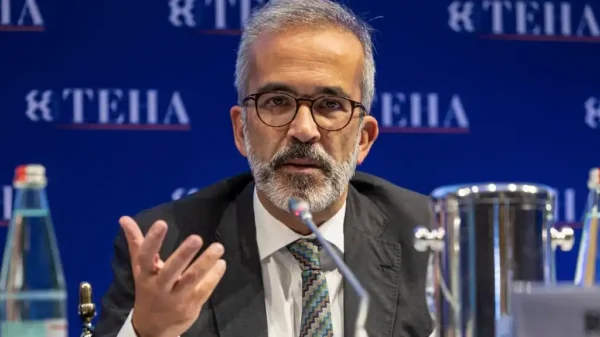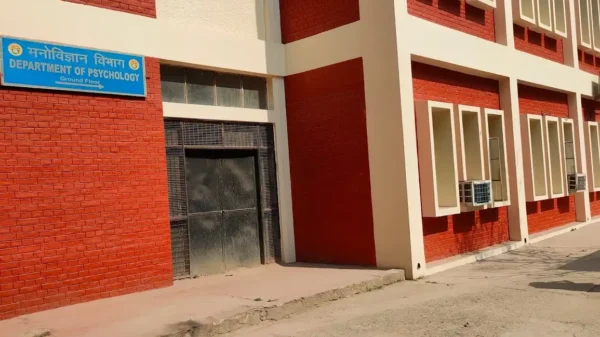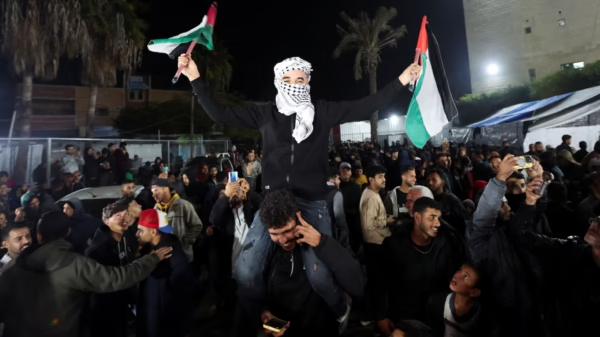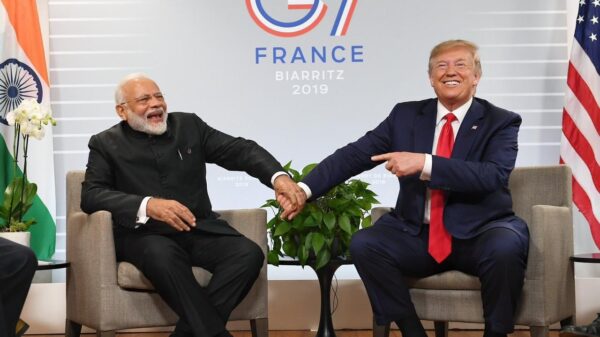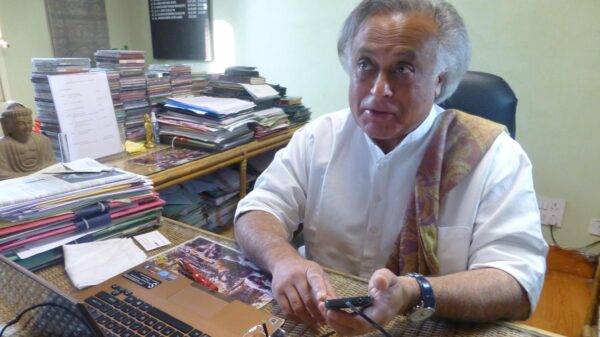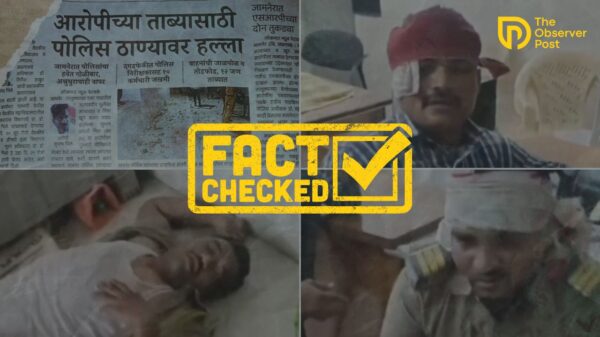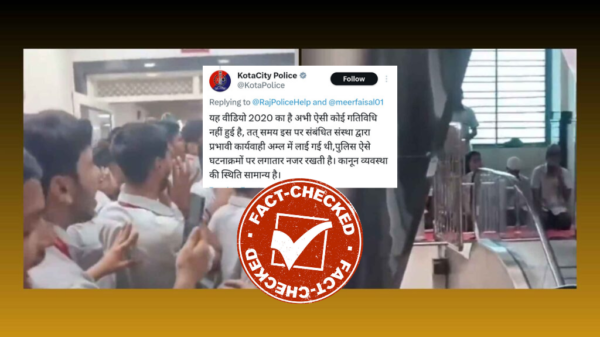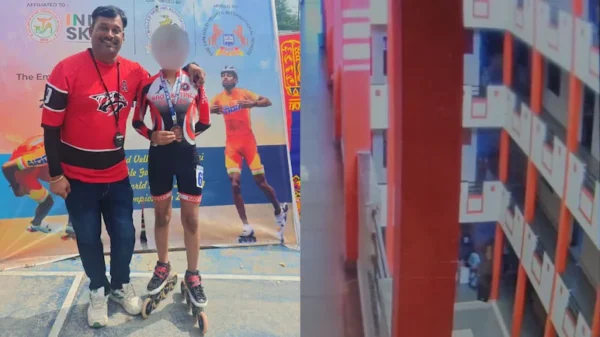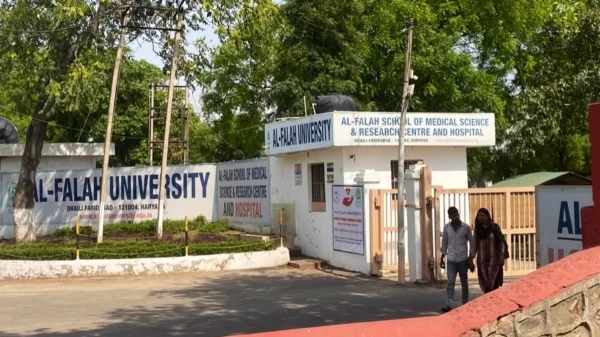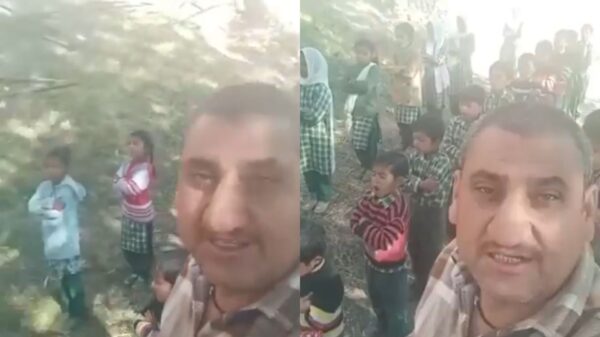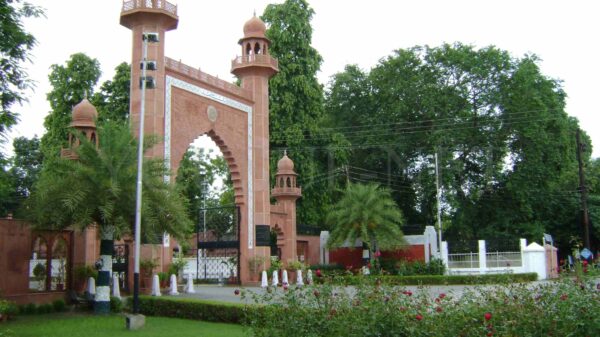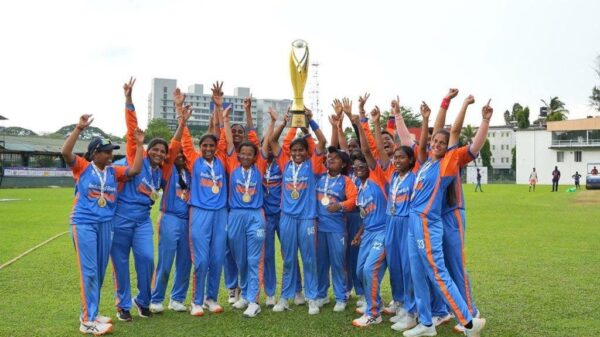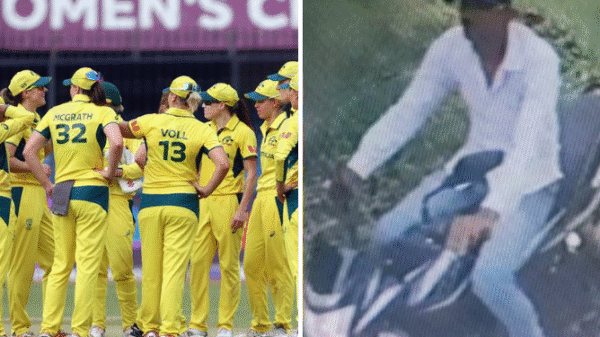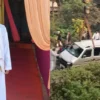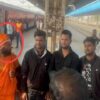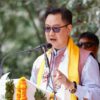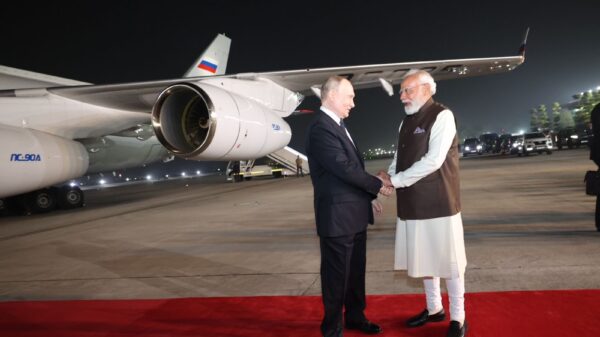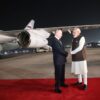“It is like Eid in Kashmir,” says Sharik, a resident of North Kashmir’s Baramulla.
For the people of Kashmir, the announcement of a ceasefire between India and Pakistan feels like a rare moment of peace—a pause after weeks of fear and uncertainty. With the sound of artillery falling silent, many families who had fled their homes due to heavy shelling are beginning to return. However, despite the relief, there are lingering questions about the future.
“We are very happy,” said one resident of Uri who recently returned home. “Some of us had left our homes, leaving behind everything. Some have returned, and some are coming back. But we all have questions — till when will the ceasefire last? Has anything been documented? We don’t want anything to happen again.”
Uri and other border areas had seen terrifying days of cross-border shelling, leaving homes damaged and people injured or killed. In Kupwara’s Chowkibal, residents are slowly returning home after fleeing during the height of the violence.
“We had said goodbye to our homeland, Chowkibal Kupwara, for some time,” said a local resident. “It is not easy to leave your home. We were forced to leave. We are back now — but is it easy to live near the border?”

People like Sardar Angad Singh, a Kashmir-based activist, are calling for peace beyond just a temporary ceasefire.
“We can’t afford violence. This world can’t afford it — whether at the borders or inside Kashmir,” he said. “All sides should understand this. The first priority should be the rehabilitation of victims who lost homes and loved ones. Dialogue is the only way to ensure peace and stability.”
On Sunday, former Jammu and Kashmir Chief Minister Mehbooba Mufti visited the injured at the Medical College in Baramulla. She urged people to give peace a chance.
“Ceasefire takes time. It’s not easy when two armies are facing each other. We should not become a society that’s always ready for war. War brings destruction, loss of life, and pain for families. Hospitals get full. Children lose their parents. War is not the solution,” she said while speaking to the media.
Chief Minister Omar Abdullah welcomed the ceasefire and said it was “better late than never.” He promised that the government would work to provide support to those affected.
Kashmir’s top religious leader, Mirwaiz Umar Farooq, also welcomed the move and appreciated both governments for taking this step. He posted on social media,
“Alhumdulilah. Better sense has prevailed. It’s a huge relief, especially for those living on both sides of the LoC. Lives were lost, and homes were destroyed. Dialogue is the key to peace.”
The ceasefire came after a tense week of cross-border firing, drone strikes, and missile attacks. Foreign Secretary Vikram Misri said on Saturday that India had agreed to stop all military action from 5 pm onwards, following a phone call between the DGMOs of both countries.
“The Director General of Military Operations (DGMO) of Pakistan called the DGMO of India at 3:30 pm. It was agreed between them that both sides would cease all firing and military action on land, in the air, and at sea with effect from 17:00 hours (5 pm) onwards,” Misri said at a press conference held in South Block.
Earlier, U.S. President Donald Trump said that the ceasefire was the result of “a long night of talks” mediated by the United States. He called the agreement “historic and heroic,” adding that millions of lives were at risk.
“I am very proud of the strong leadership of India and Pakistan,” Trump wrote on social media. “I will work with both sides to try and bring a final solution to the Kashmir issue.”
However, even as the ceasefire was announced, explosions were heard in Srinagar, raising concerns about the agreement’s effectiveness. CM Omar Abdullah criticized the violation and urged all sides to respect the agreement.
In the recent hostilities, at least 17 civilians have been killed. In Poonch District, 11 people died due to Pakistani shelling. In the Uri Sector, one woman was killed, and two others were injured. In Rajouri District, shelling forced many to flee from Laam, Manjakote, and Gambhir Brahmana.
For now, border residents are cautiously hopeful. They are returning home, cleaning up, and trying to rebuild their lives — but with the fear that violence may return any day.
As one resident from Uri summed it up, “We are happy for now. But we are also afraid. We don’t want to go through all this again.”


